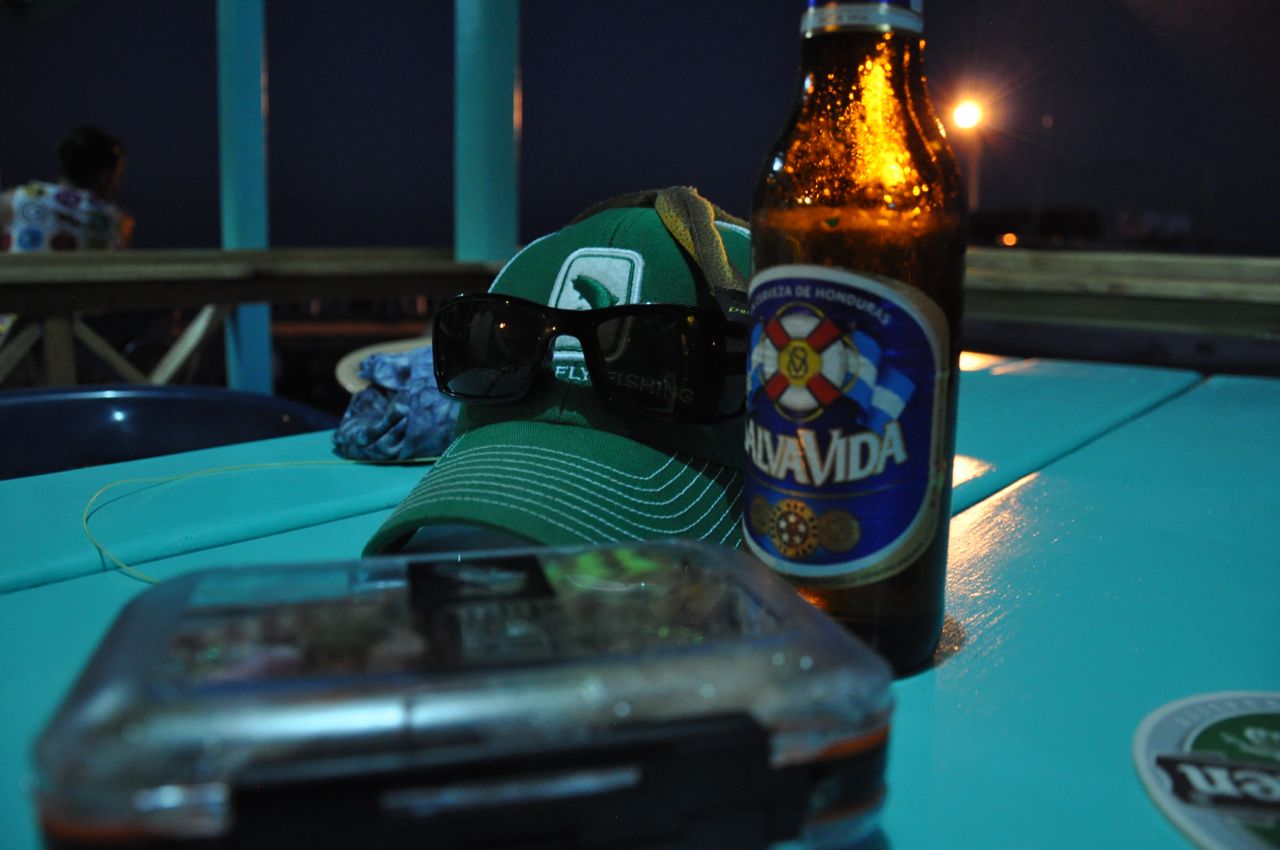
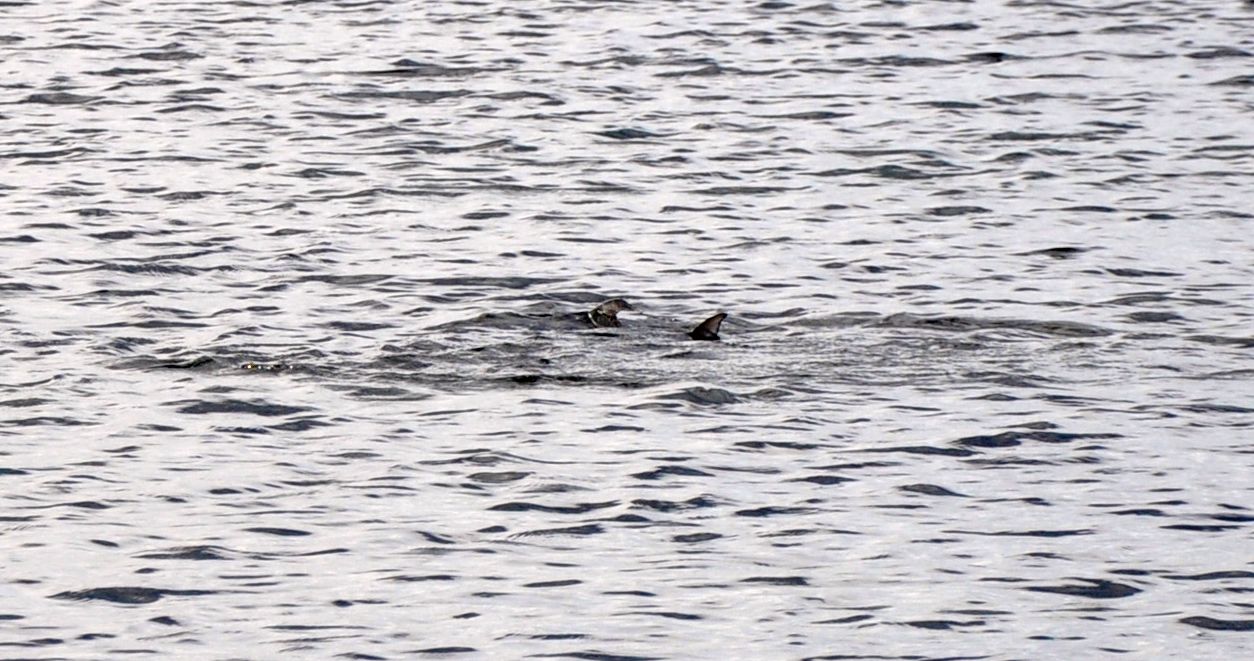
"The first bonefish tail I saw was unmistakable. It stood straight out of the skinny water – a mighty V shape that wagged in the low morning light. Then… a second tail emerged and quickly flopped over in a swell of nervous water. There was no doubt - we were all alone on the flat and on fish."
Here are 10 things to think about if you are contemplating a do-it-yourself trip to location X.
It is hard to think of a better feeling than finding fish on your own after you have traveled across the world to a distant and exotic location. Here is why: you chose a location, you put together a trip itinerary, you picked the right gear, tied flies, most likely studied google maps, spoke to others who have traveled to your target destination, completed other research in magazines and online… you rolled the dice, chose a flat.
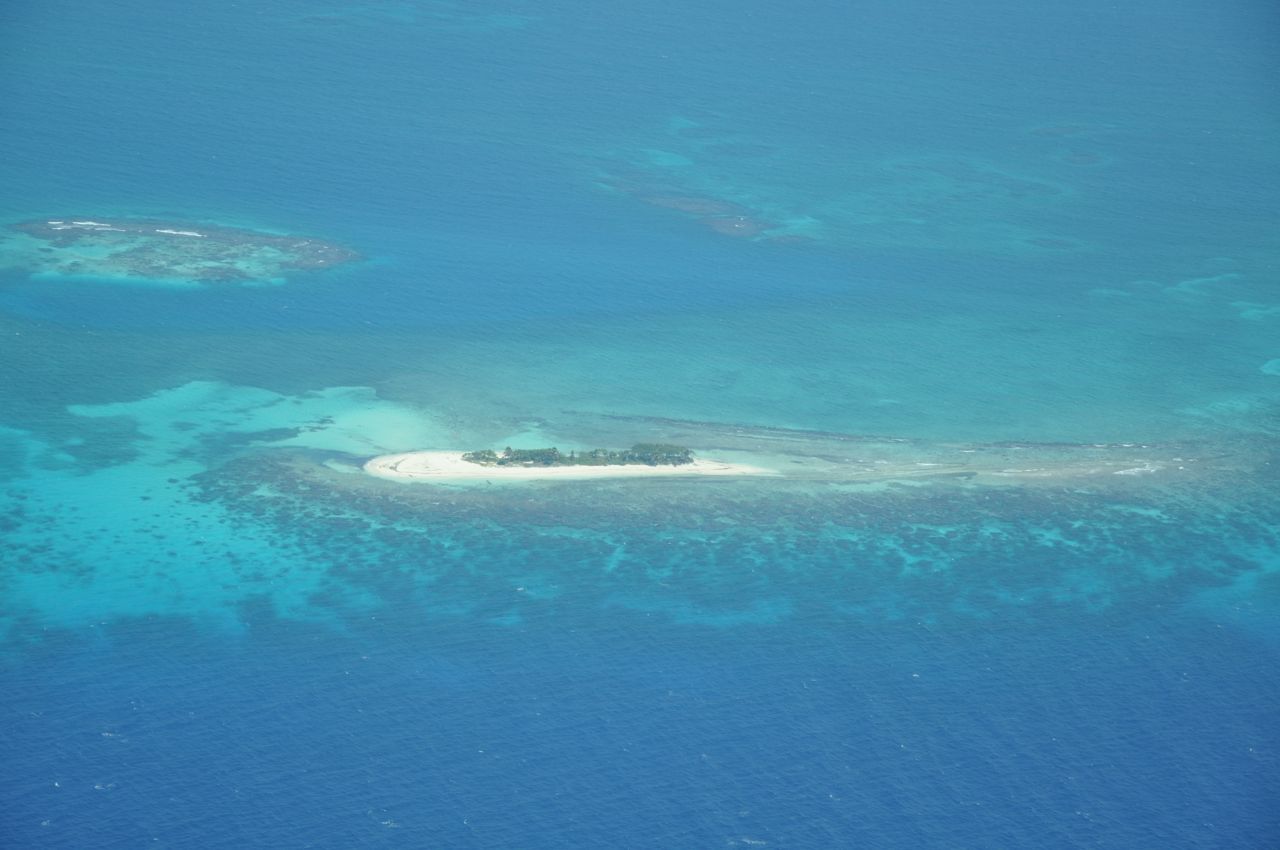
And then, best of all, you saw the fish.
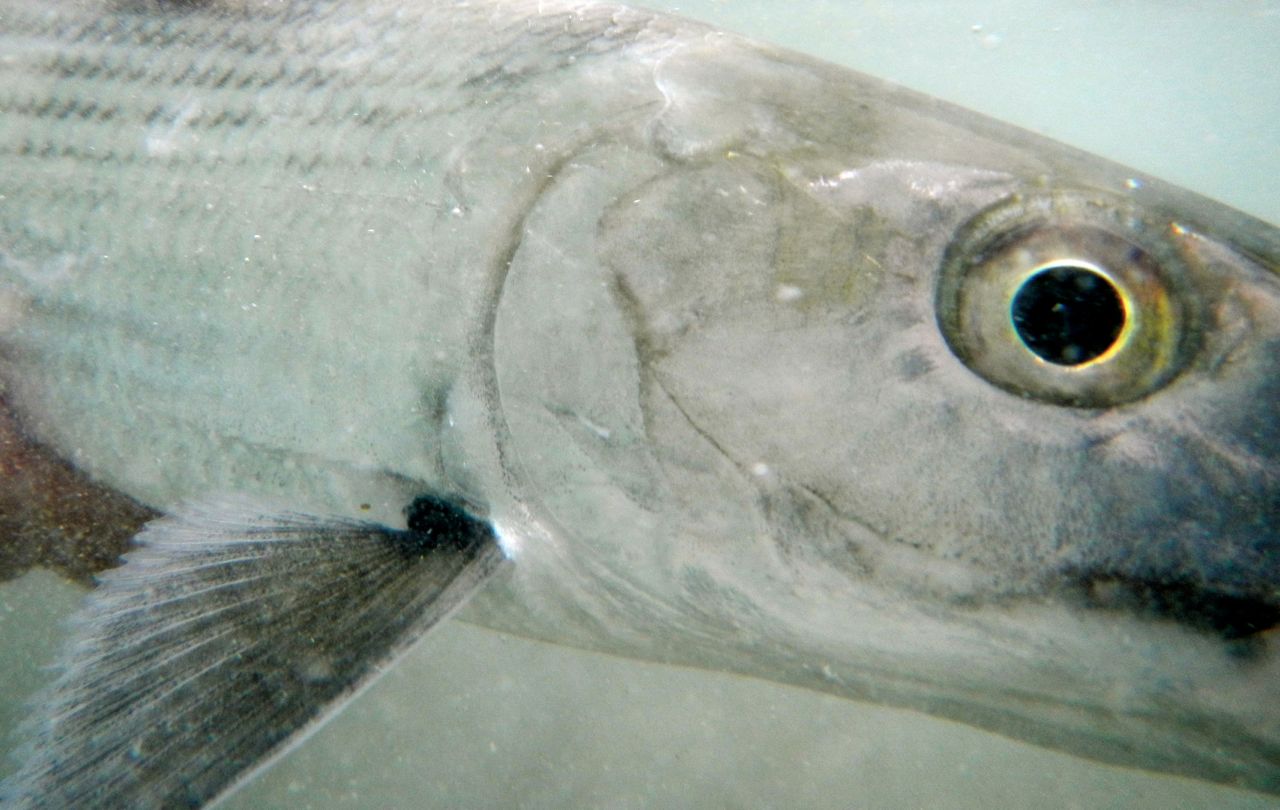
Don’t get me wrong, it is also a great feeling to leverage a guide’s knowledge and experience and get delivered to a place where fish appear at the right time and you are in the right place. There is no doubt that fishing a new saltwater location for the first time will be more efficient and effective with the expertise of a guide who knows the water.
Ken Morrish (Fly Water Travel) summed it up best in an interview we did about international adventure travel and fly fishing in November:
“If you have time but no money, freelancing is the best. If you have money but are tight on free time, you are best off using an agent,” said Morrish. “Don’t get me wrong, freelance fishing is a beautiful thing and I am jealous of those that have the time to pursue it properly, but for me as a working stiff, and for the majority of our clients, working with an agent and doing everything in their power to quickly and efficiently secure a successful trip just makes sense.”
It is just different strokes for different folks. DIY is not the right approach for everyone – but if you are up for a challenge and a different type of experience, it can be an extremely satisfying way to experience new water. Here are 10 things to think about if you are contemplating a DIY trip to location X. In this case, these were thoughts conjured and based on a recent trip to Guanaja, Honduras where we rented a house, hired a boat driver, and brought plenty of cash for fuel and a pile of gear:
1) Be brutally honest with yourself about your expectations. If a successful trip for you means hooking and landing a certain amount of fish a day or a specific challenging species, DIY might not be the right approach for you. That is OK. On the flip side, if you are into fishing on your own, exploring new water, learning more about yourself and how you deal with changing conditions and a fish’s behavior, DIY delivers.
2) Slow down – when you are walking the flats, slow everything down. I personally tried to cover too much water early on. I wanted to find the fish. Over time, it was more effective for me to really slow down or just to stop moving all together. I found that once I slowed down or stopped, it was easier to find those small nuance or changes in the water pattern that revealed the fish. If I was moving too fast – I was overlooking those subtleties and missing nervous water, shadows and sometimes even tails. Without someone telling you that there is an approaching fish 120 ft out, this part of the sight fishing equation is all on your shoulders.
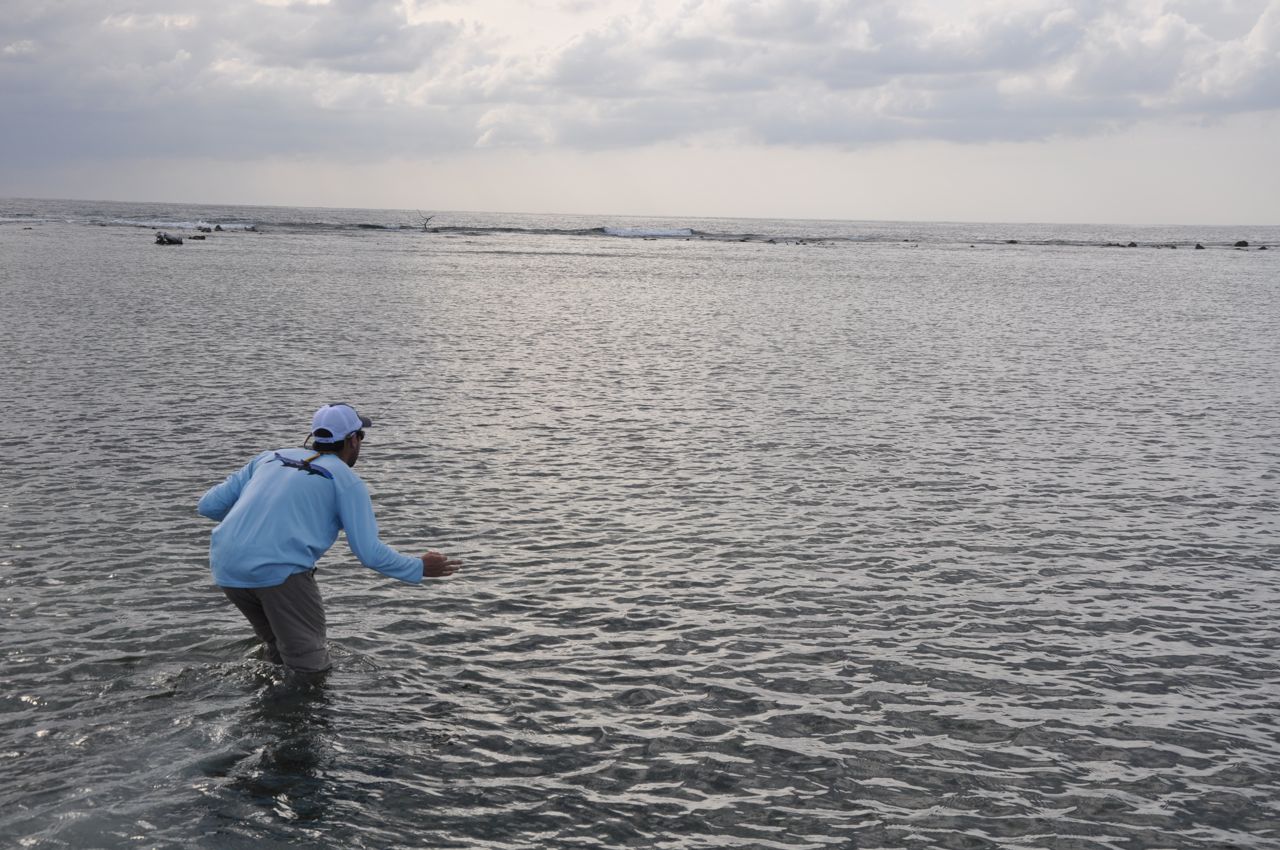
3) Be adaptive – on this excursion our goal was to catch fish. It would have been great to catch a permit but we were more about exploring and figuring out what swam where… and then to figure out how to make a solid presentation. This meant fishing for snook as night turned into morning on the beach, looking for bones and permit on the flats in the morning, exploring creeks and brackish water for snook and tarpon during the slack tide, and drifting deeper flats for permit in the afternoon. When we saw massive barracuda hunting in our water you better believe we were taking shots.
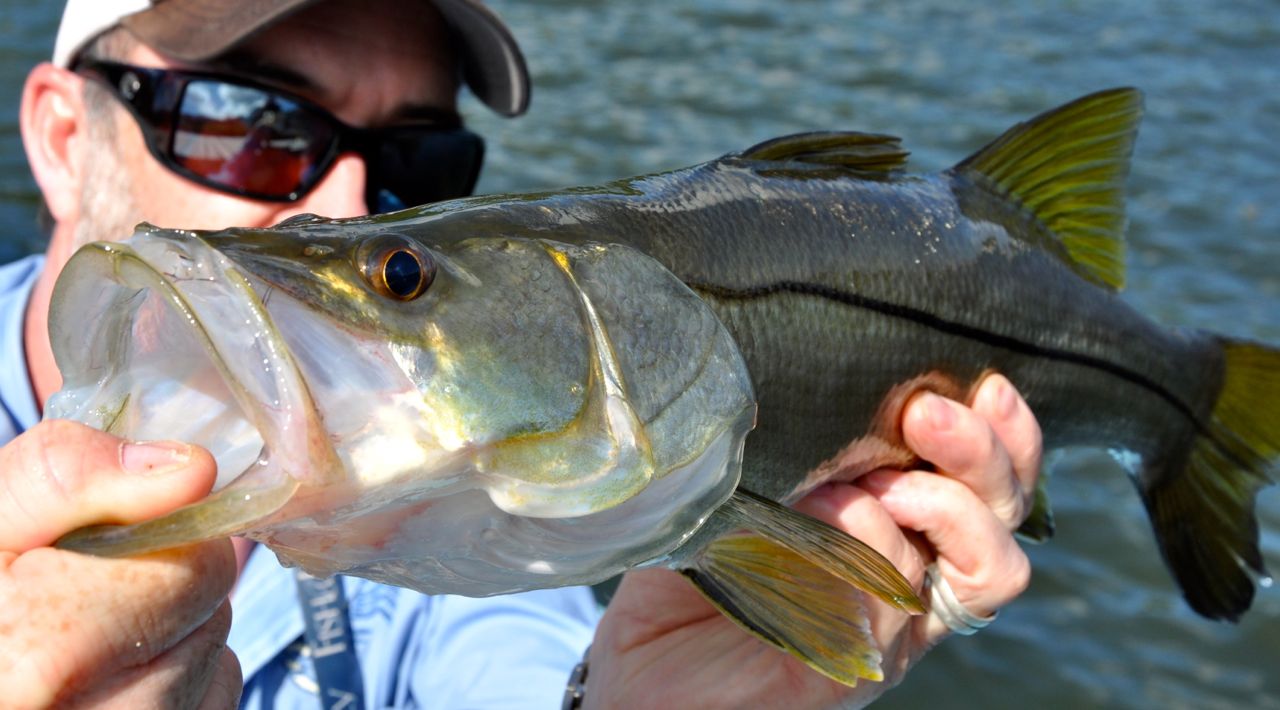
4) Mind the tides - do research on the front end to figure out the tides and how they typically affect your fishery. For us, there was a marked difference in the volume of fish we would find as the tide ebbed. As you would expect, during low tides the water disappeared and so did most of the fish. This was a good time to grab some lunch or look for snook and tarpon in or near the creeks.
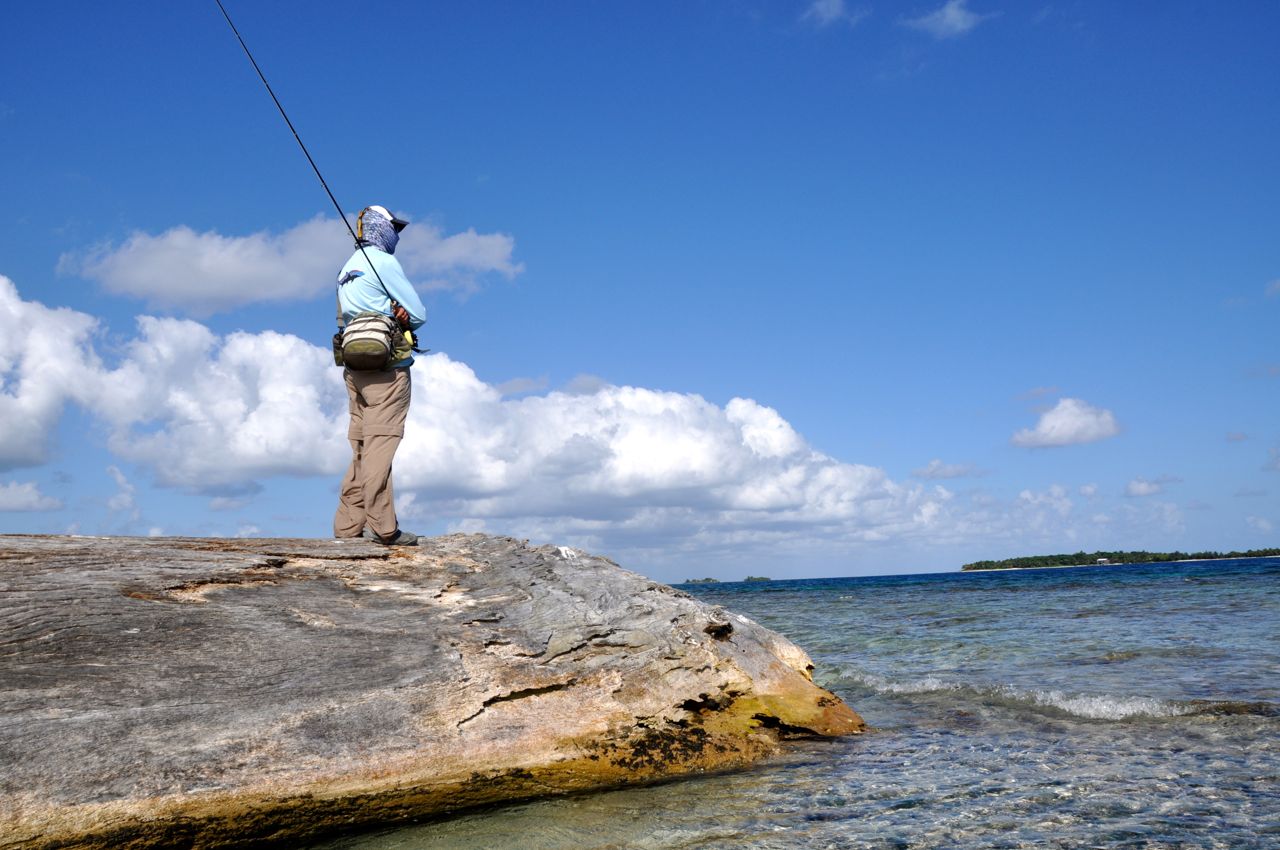
5) 8 and 8 – we started off throwing bigger bugs on bigger tippets. After day one we realized these fish were ultra spooky. We adjusted accordingly. We found the smallest bugs in our box and reduced our tippet size – size 8 hooks and 8lb fluorocarbon tippet. We had a ton of fly tying gear and a travel vice if we had to make further adjustments to patterns. In really shallow water, I cut the bead chain eyes right off my fly. Being on a DIY trip means that most likely you are on your own and you need to be prepared to make quick decisions and have gear at your disposal to do so.
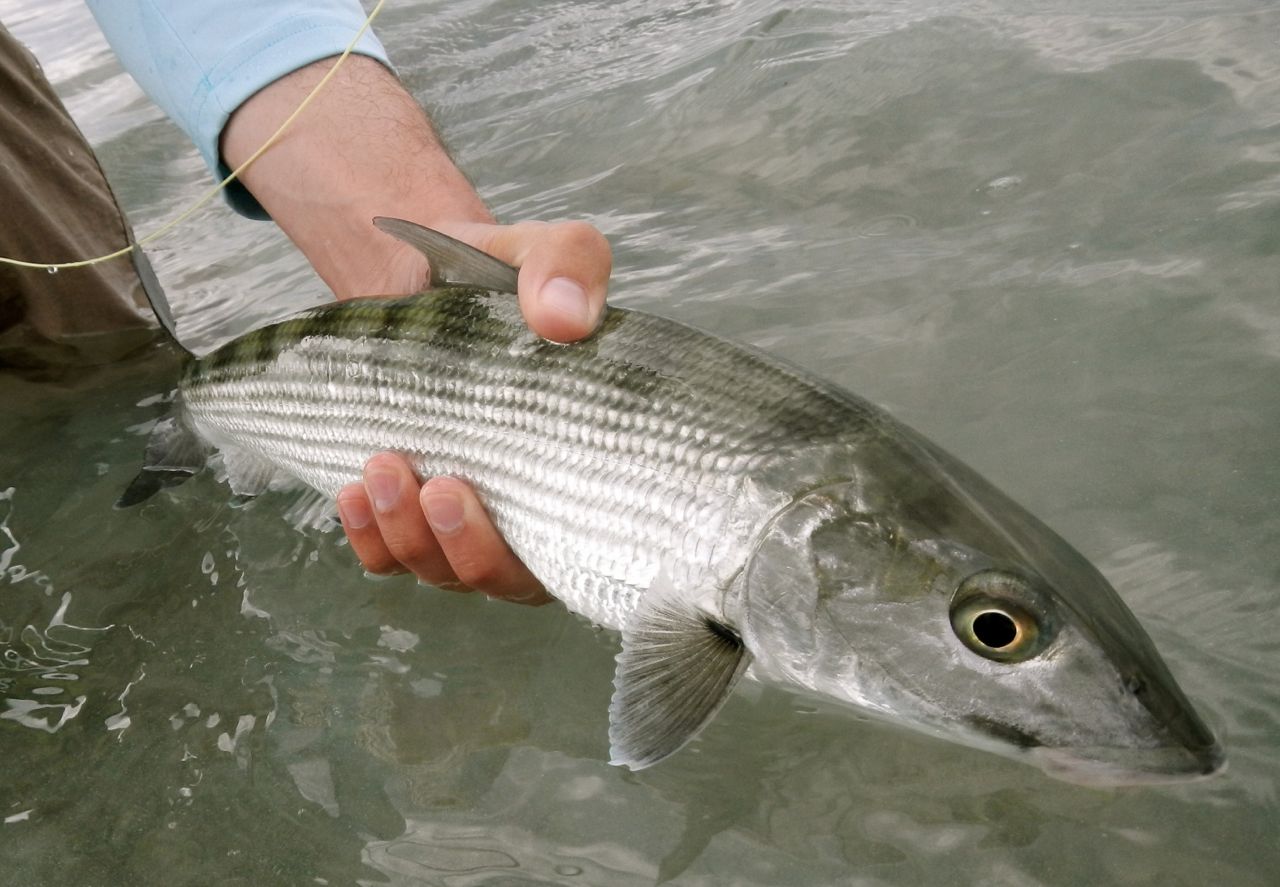
6) Bring a first aid kit… or duct tape – on day one I took a fall on a coral head and sliced up my hand. If you have never been in flats environment before, some of the coral can cut like a razor blade. Bad things can happen and you need to be prepared. Luckily for me this was an extremely minor incident that could have been worse, but it was also a good reminder: better safe than sorry.
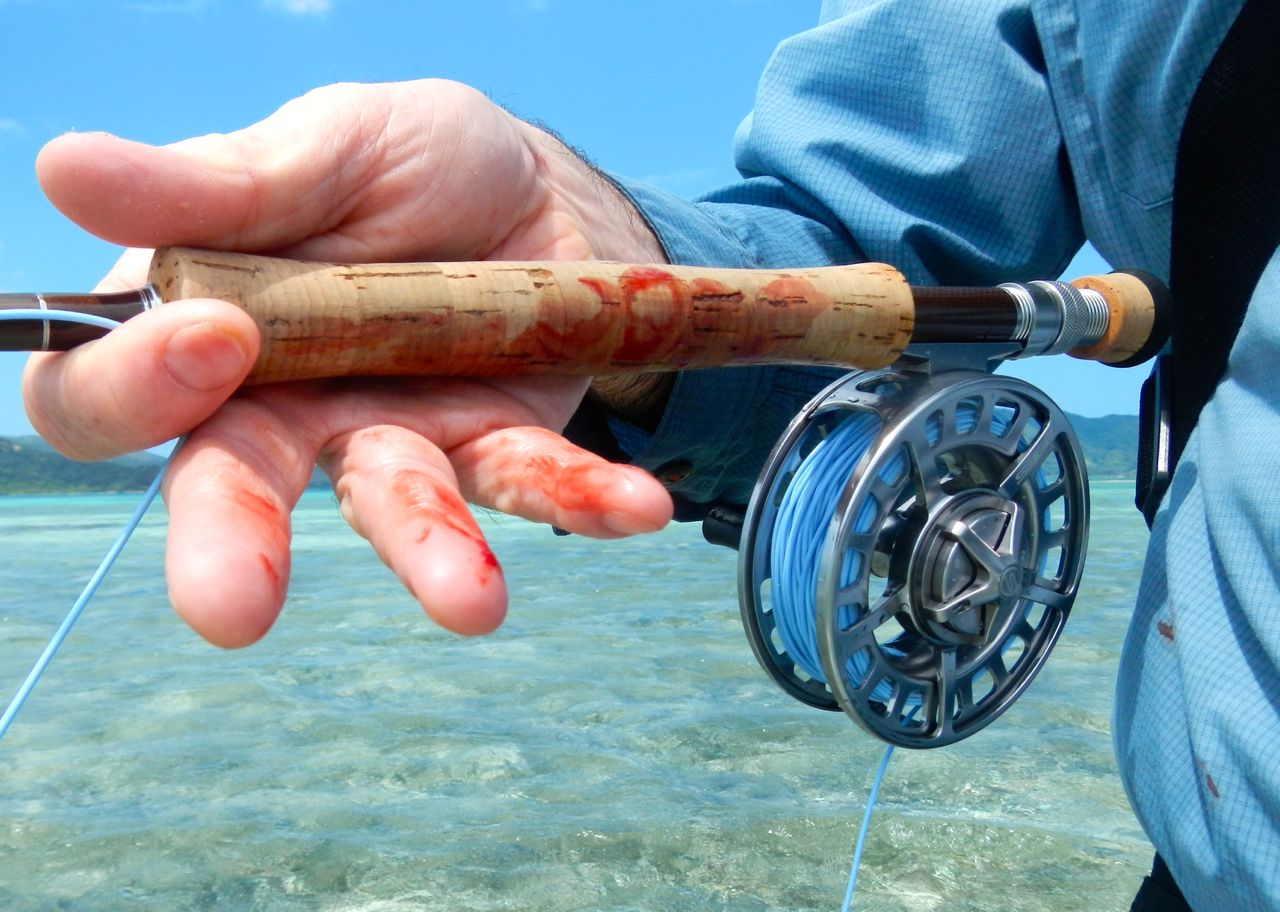
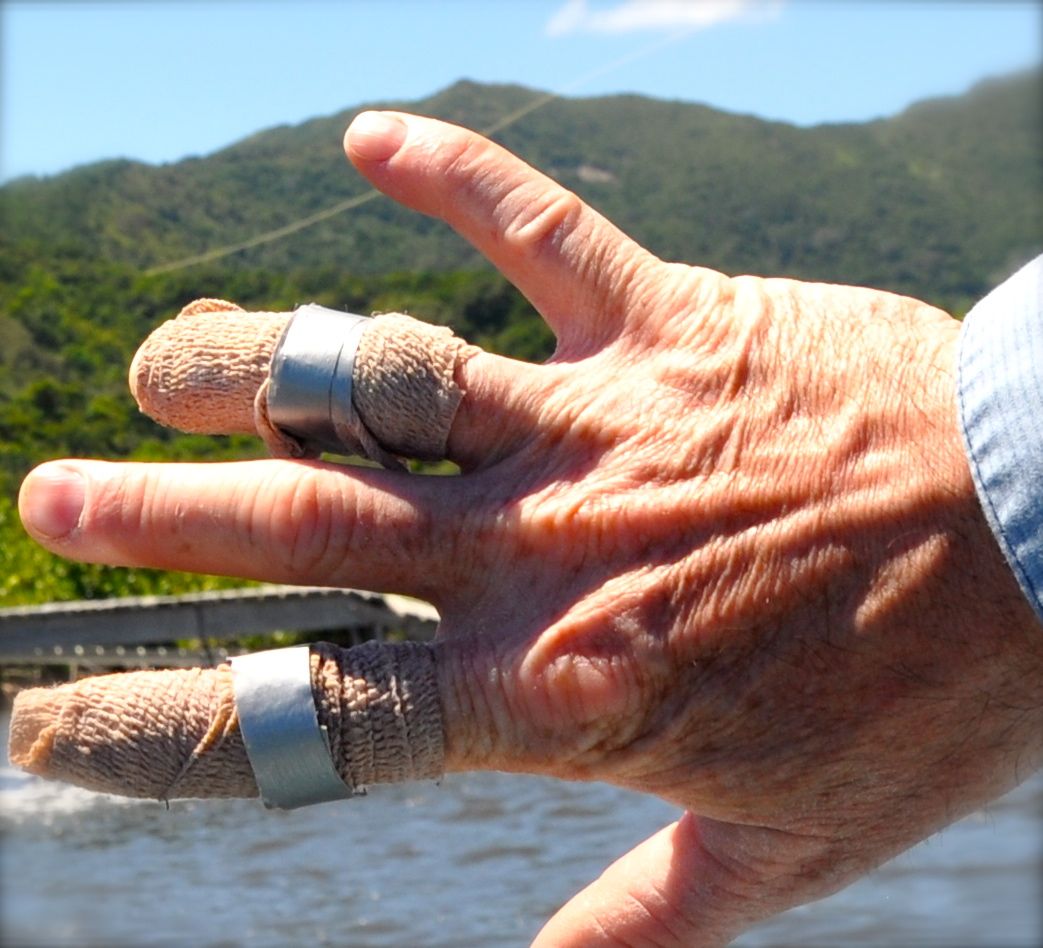
7) Invest in a solid pair of boots – I was wearing a pair of Simms Flats sneakers that I had purchased about four years ago. We also had a pair of Simms Zip It Bootie II's along for the ride. I’m amazed every time I go out the amount of abuse you can put these boots through and they come out unscathed. If you are on a trip where you will be doing a lot of walking on the flats, don’t assume that you’ll be on sand and turtle grass. Don’t skimp on your footwear.
8) Be really, really careful with your passport – we had a guy on our trip who lost his passport on day one. I’ve never lost my passport before and I’ve never actually spoken to anyone who had it happen to him or her. The results from a fly fishing perspective – devastating. Do not pass go, do not collect $200… report directly to Tegucigalpa, cross your fingers and hope for a speedy passport re-issue. Game… OVER.
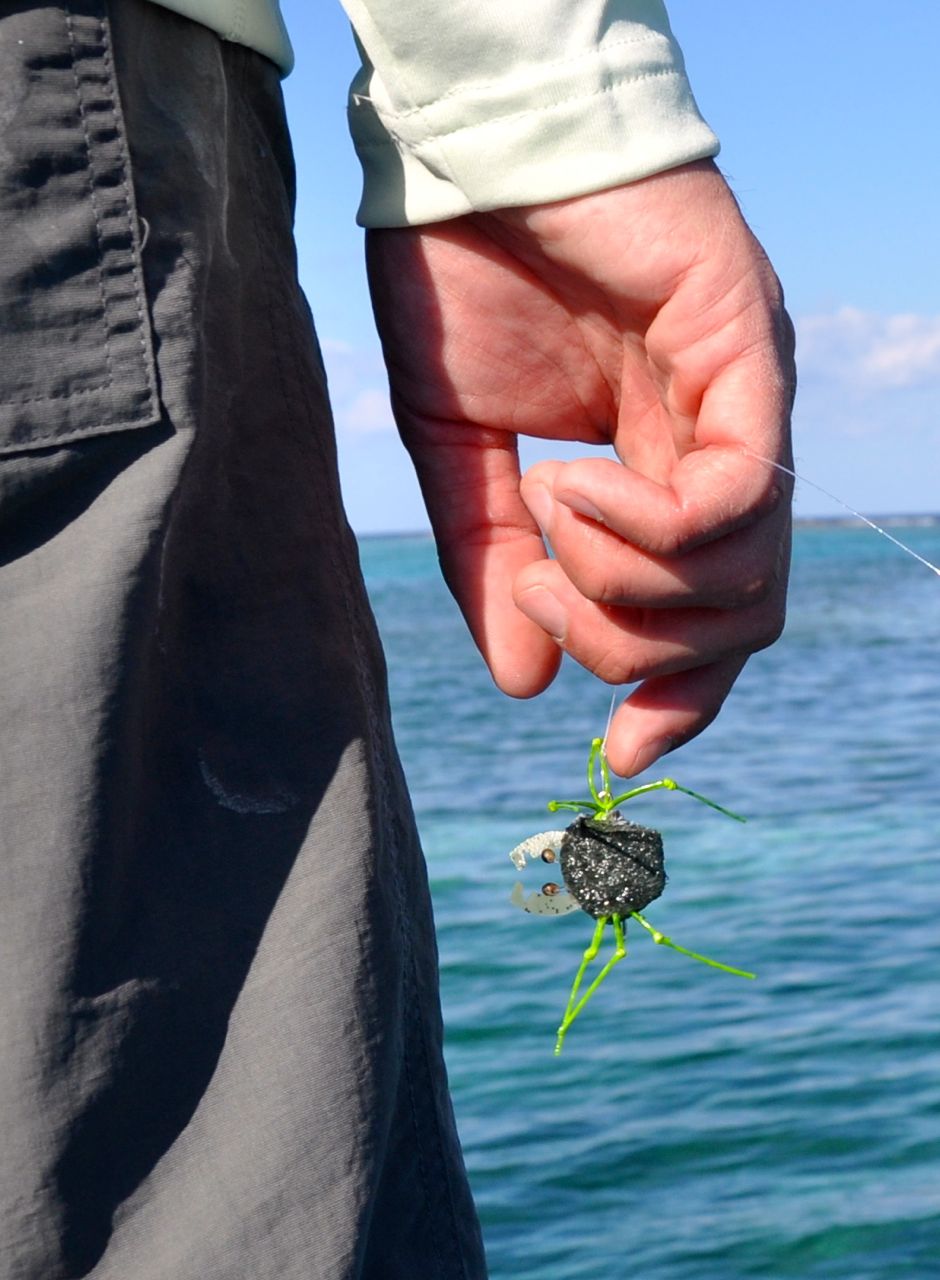
9) Back to gear and working hard – if your plan is to target multiple species – bonefish, permit, tarpon, snook, ‘cuda – it makes sense to have different rods set up for each application. Things happen very, very fast on the flats and if you think that you’ll have time to change your flies… chances are that you will not. That permit will have vacated the premise before you get your fly cut off and your fly box open to choose a crab. We had the following equipment configured for our two man crew:
a. Two eight weight rods with bonefish flies
b. Two nine weight rods with crab imitations
c. A nine weight rigged with 60 pound bite tippet for cuda or tarpon
d. One eight weight rod set up with a fast sink tip for snook in the deeper water by the mouths of creek
All of these rods were rigged and ready to go. We also worked hard – most days we were up before the sun and we fished until it dipped below the mountains.
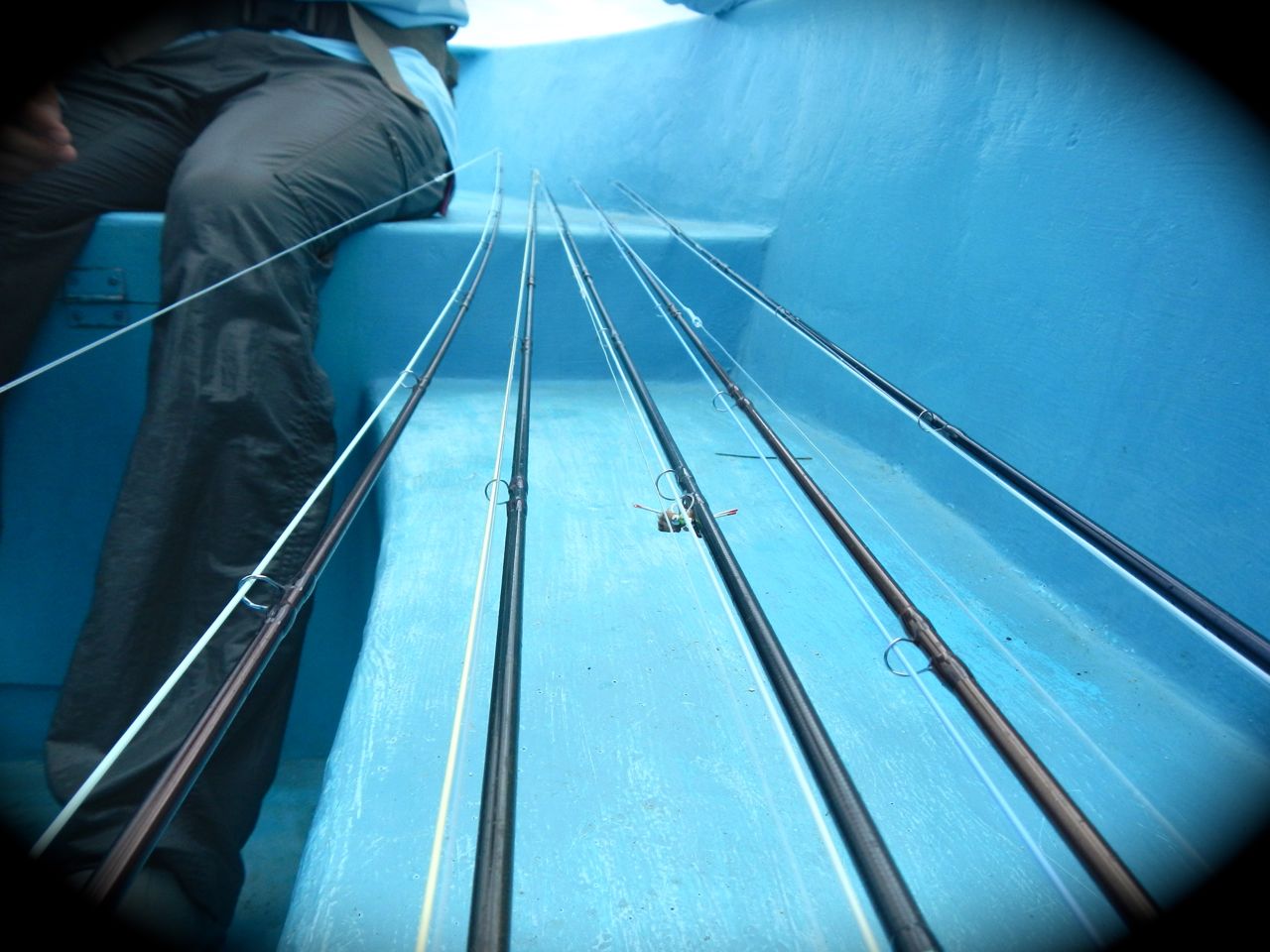
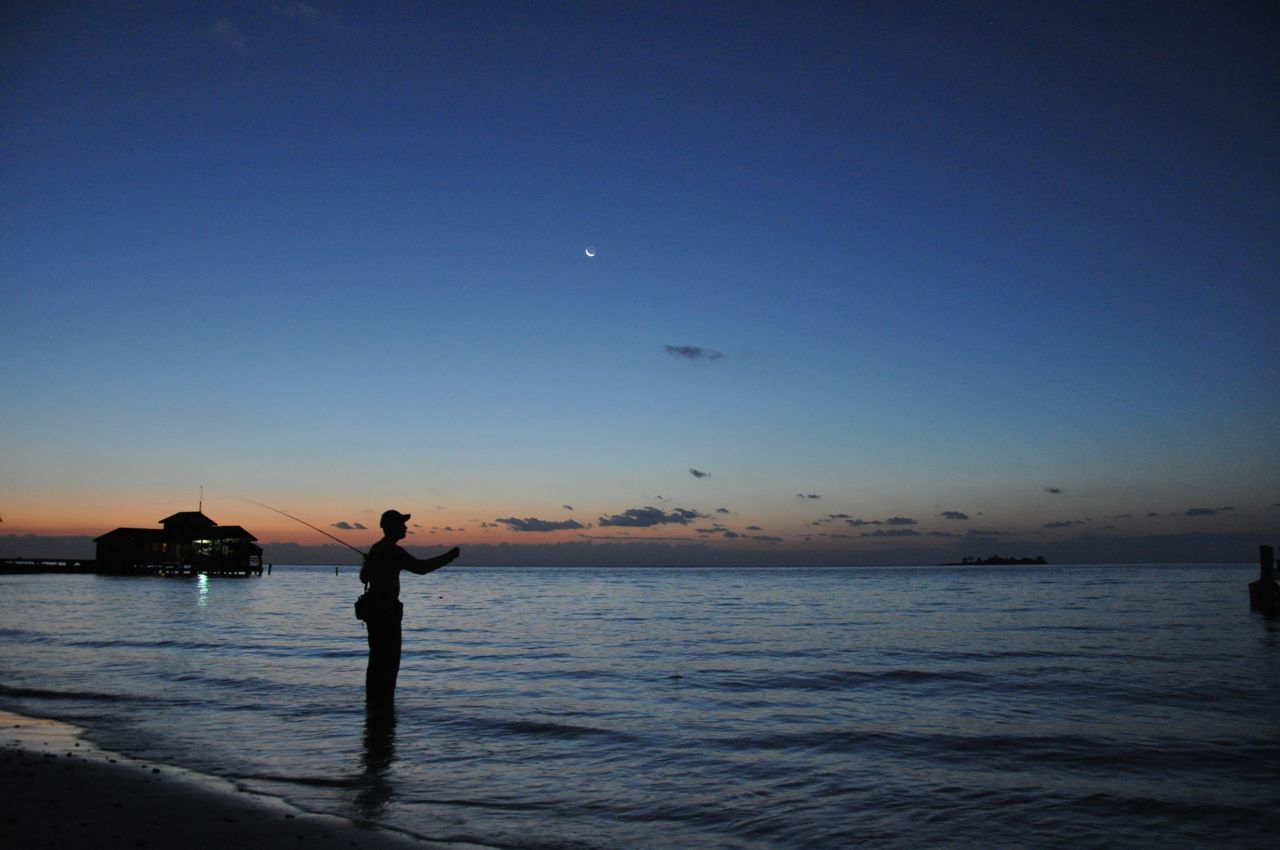
10) Don’t forget the beers – and don’t forget to relax and have fun. After all, this is just fly fishing. When your biggest worry of the day is trying to figure out which flat to hit or when high tide will peak, you are doing OK and life is good.
If you are in the midst of planning a trip, don’t hesitate to give us a call at the shop or stop in to talk about it. You can reach Trout’s Fly Fishing at 877.464.0034.
